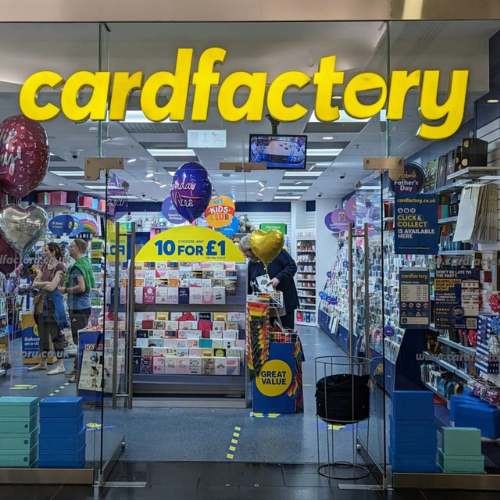In the first of a new column for PartyWorldwide.net, BAPIA ceo John Bowler looks at the hot topic of helium.
I was asked if I would like to write a regular article for PartyWorldwide and![E44ED2ED-AA08-4BE0-8065-DB3DE0ADBDA6[1]](https://partyworldwide.net/wp-content/uploads/2024/04/E44ED2ED-AA08-4BE0-8065-DB3DE0ADBDA61-150x150.jpg) while I am not sure that you want to hear from me that regularly, I agreed to do so on a monthly basis, so hopefully you will not become bored of me too soon.
while I am not sure that you want to hear from me that regularly, I agreed to do so on a monthly basis, so hopefully you will not become bored of me too soon.
As fate would have it, I have just written a response to an article in a sister publication (PGBuzz) and it felt like the perfect topic to start with here on PartyWorldwide.net.
The md of a large online greetings card marketplace recently posted about how it had turned down the opportunity to generate £400,000 in balloon sales because it was a waste of the precious resource of helium.
While this shows that the great British public are still in love with balloons and I am more than happy for these large online greetings card companies to leave balloons to the professionals, it is unacceptable and also irresponsible that a company should make such claims without doing their research. I believe that it is very important that we set the record straight.
This isn’t the first time that we have heard this argument and I am sure it will not be the last. As representatives of the industry, I felt it was very important that we respond promptly to clarify the situation, and I also wanted to ensure that everybody here is fully aware of what the gas is that we use to inflate balloons. Hopefully this will enable you to explain it to anybody who is being misled by reports in the media, online or just idle chit chat.
I have been in touch with BOC which has sent the following statement to clarify what balloon gas is and where it comes from and more importantly, that it is not impacting on the MRI market.
It’s important to be aware that there is a distinction between pure, liquid helium and impure, gaseous helium. Industrial gas suppliers prioritise supplies of pure, liquid helium for critical medical uses such as MRI scanners in hospitals, ensuring that they can remain fully operational.
Helium for balloons is a different product. It is impure and gaseous and produced as a by-product of supplying liquid helium for the MRI market – a market that makes up a high percentage of the helium sold in the UK. Impure, gaseous helium cannot be used directly in medical MRI scanners or in other applications that use superconducting magnets.
Industrial gas suppliers do support the recovery and reprocessing of helium to ensure that every opportunity is taken to recycle and reuse this important resource. Investments are being made globally to bring various new sources of helium on-stream, and ensuring that helium, for all uses, will be available for the foreseeable future.
The balloon industry (like most others) is working hard to reduce its effects on the environment, and to be a responsible industry by not supporting balloon releases, constantly looking at ways to recycle balloons, investigating new materials and more.
As I write this article, the company in question has retracted its original statements following pressure from BAPIA and the many balloon retailers who also tried to set them straight, but instead of simply conceding that they were wrong, they continue to try to promote themselves at the expense of our industry.
I genuinely hope that this has helped everybody to understand the situation and to enable you to respond if you find yourselves faced with the same scenario.
Thank you very much for taking the time to read this and I look forward to writing for you again next month. Not sure what the topic will be yet but let’s see what crops up between now and then.




























